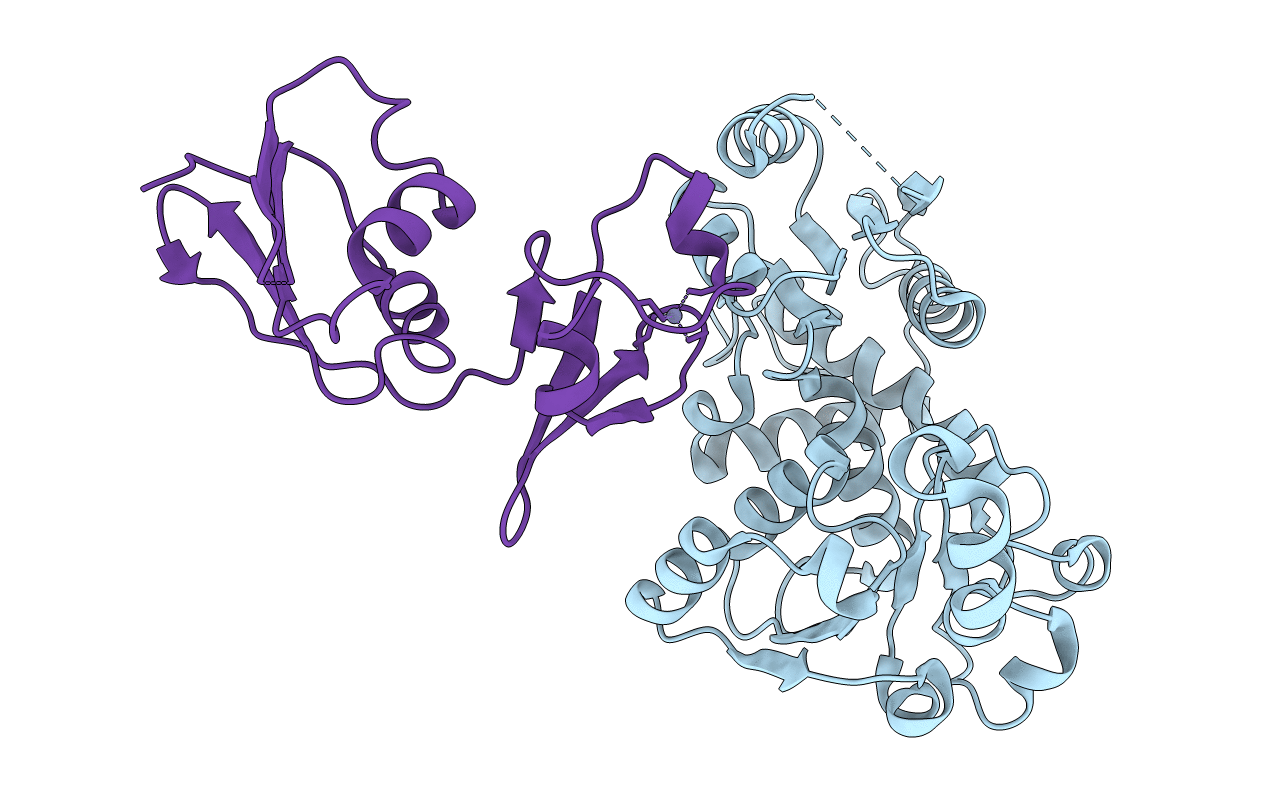
Deposition Date
2019-07-22
Release Date
2020-06-03
Last Version Date
2023-11-22
Entry Detail
PDB ID:
6KJB
Keywords:
Title:
wild-type apo-form E. coli ATCase holoenzyme with an unusual open conformation of R167
Biological Source:
Source Organism:
Escherichia coli K-12 (Taxon ID: 83333)
Host Organism:
Method Details:
Experimental Method:
Resolution:
2.06 Å
R-Value Free:
0.22
R-Value Work:
0.19
R-Value Observed:
0.20
Space Group:
H 3 2


